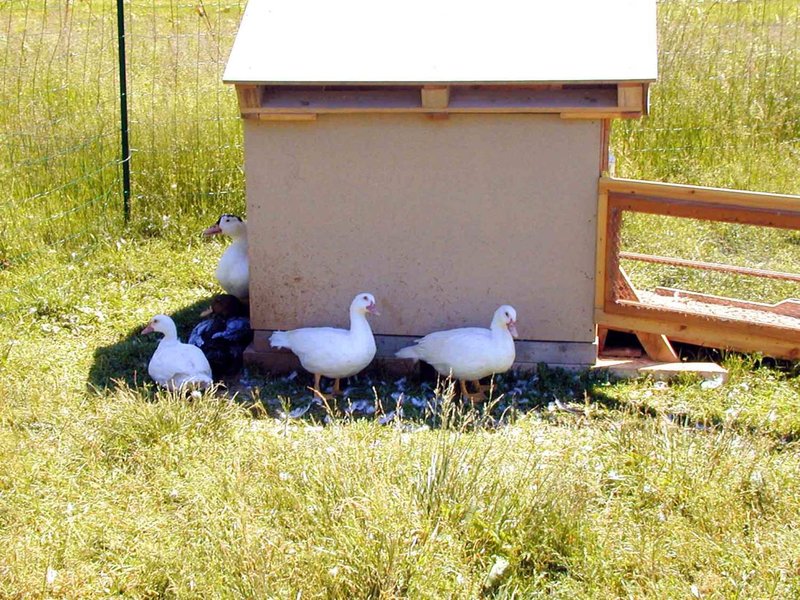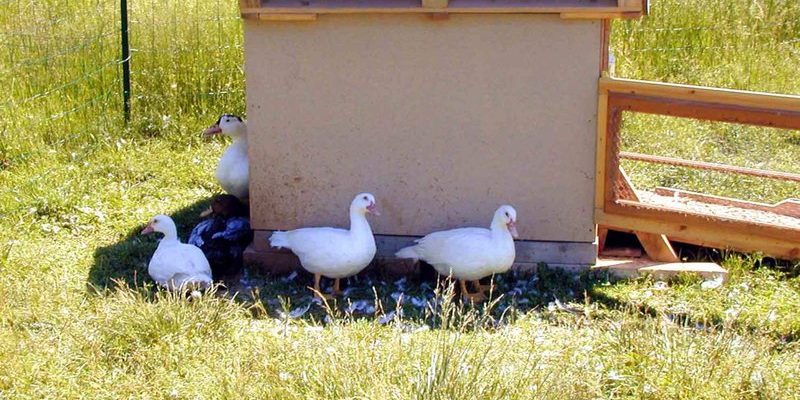
When planning your geese shelter, there are a few factors to consider, like space, ventilation, and security. Also, what type of shelter works best? You might lean toward a simple barn setup, a portable coop, or even a natural environment with trees and bushes. Each option has its perks, just like picking a spot for your own backyard hangout. Let’s dive into what makes the best housing setup for your feathered friends.
Understanding Goose Needs
Before we get into specific setups, it’s important to understand what geese need for a comfortable life. These birds are social creatures, and they thrive when they’re together. Space is key! Depending on the breed, your geese will need enough area to move around freely. You wouldn’t want to live in a cramped apartment, right?
Geese also require access to water for drinking and bathing. This is crucial for their health and helps maintain their feathers. Think of it as their daily spa routine. Ideally, a pond or a kiddie pool in their yard would be perfect. The ideal setup will offer both land and water, allowing geese to express their natural behaviors.
Location, Location, Location
When choosing a location for your geese shelter, you want to think about safety from predators and the right climate. Avoid low-lying areas that can flood. Look for a spot that’s slightly elevated but still close enough to any water source. A shaded area is ideal, as geese can get hot too!
Another factor to consider is proximity to your home. Keeping your geese close allows you to monitor them easily and ensures they are safe. Plus, who doesn’t like the idea of a charming gaggle waddling around the yard? Just imagine them greeting you every day!
Designing the Shelter
Now that you know the basics, let’s talk about the design of the shelter itself. A good goose shelter should be spacious, well-ventilated, and secure. Ideally, you want a structure that keeps them safe at night while allowing for easy access during the day.
1. Space: For every adult goose, you should plan for at least 10 square feet inside the shelter. This gives them room to move around without feeling cramped.
2. Ventilation: Windows or vents will help circulate air, keeping your geese comfortable. Just like we need fresh air, they do too! Make sure these openings can be closed during cold weather.
3. Security: Use sturdy materials that can withstand the elements and keep predators at bay. A good fence around the area is a must to prevent any unwanted visitors.
Choosing the Right Shelter Type
There are several types of shelters you can build or buy for your geese. Here’s a quick overview of some popular options:
- Coop: A traditional wooden coop provides shelter and protection. It can be customized to fit any style.
- Portable shelter: If you plan to move your geese around, consider a mobile coop. This allows them to graze in different areas.
- Natural environment: If you have plenty of trees and shrubs, creating a natural habitat can be beneficial. It mimics their wild environment!
Each option has its benefits. For instance, a portable shelter allows flexibility, while a traditional coop offers stability. What’s important is finding what works best for you and your geese.
Inside the Shelter: Essential Features
Once you’ve chosen the type of shelter, it’s time to think about the interior setup. This will greatly impact the comfort of your geese. Here are some elements to consider:
– Nesting boxes: Provide comfortable nesting areas for your geese. These can be simple wooden boxes filled with straw or hay.
– Bedding: Use straw, hay, or wood shavings as bedding. This helps absorb moisture and keeps the area clean.
– Feeding area: Set up a designated spot for food and water. This helps keep things organized and ensures your geese have easy access to their meals.
A well-thought-out interior will keep your geese healthy and happy! The goal is to create a cozy environment that feels safe and inviting.
Maintenance Tips for Goose Housing
No housing setup is complete without proper maintenance. Keeping your geese shelter clean and in good condition is key to their health. Here are some quick maintenance tips:
– Regular cleaning: Remove old bedding and clean the space to avoid any buildup of waste, which can attract pests.
– Inspect regularly: Check for any damages to the structure, like holes or loose boards, which can compromise security.
– Monitor ventilation: Ensure that vents are clear and functioning, especially as weather changes.
By keeping up with these tasks, you’ll create a healthy environment for your geese to thrive.
Setting up the best housing and shelter for your geese isn’t just about building a structure. It’s about creating a warm and welcoming space that meets their needs and allows them to live their best lives. From choosing the right location to designing a cozy interior, each decision adds up to make a significant impact on their well-being.
So go ahead, roll up those sleeves, and start creating! Remember, when you provide a safe and loving environment, your geese will reward you with happy quacks and plenty of delightful antics. Your feathered friends deserve nothing but the best!

